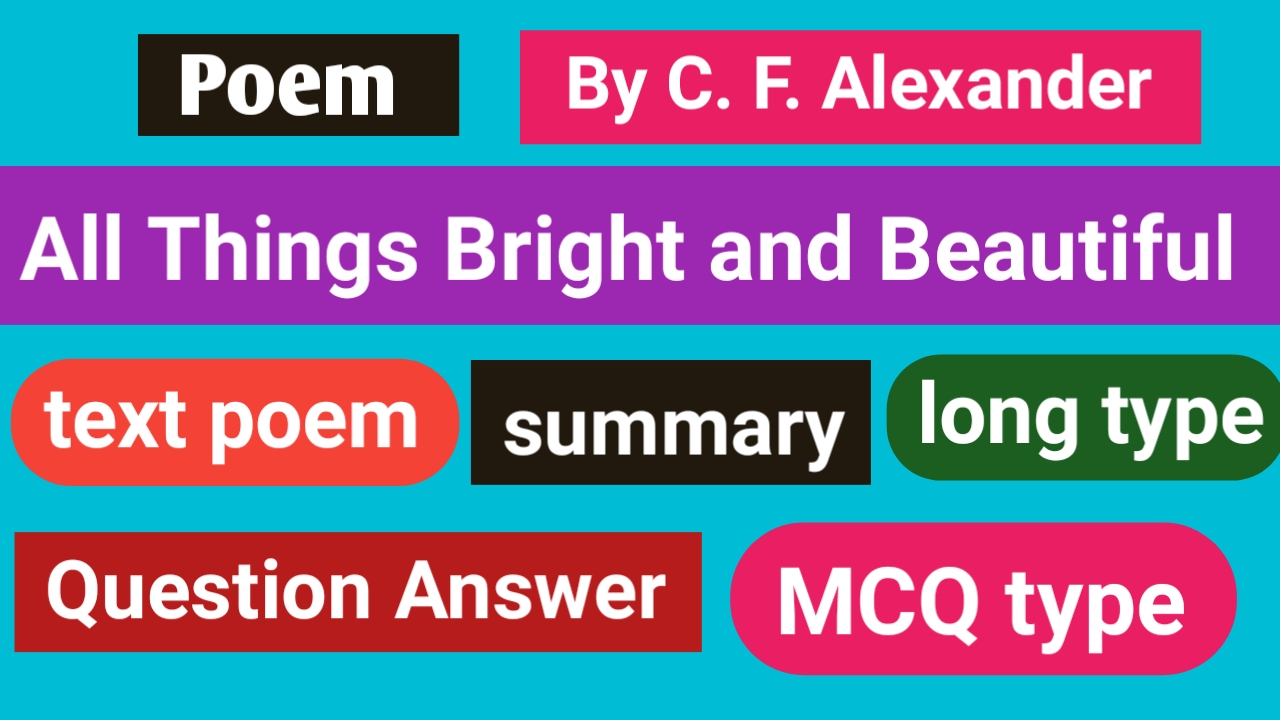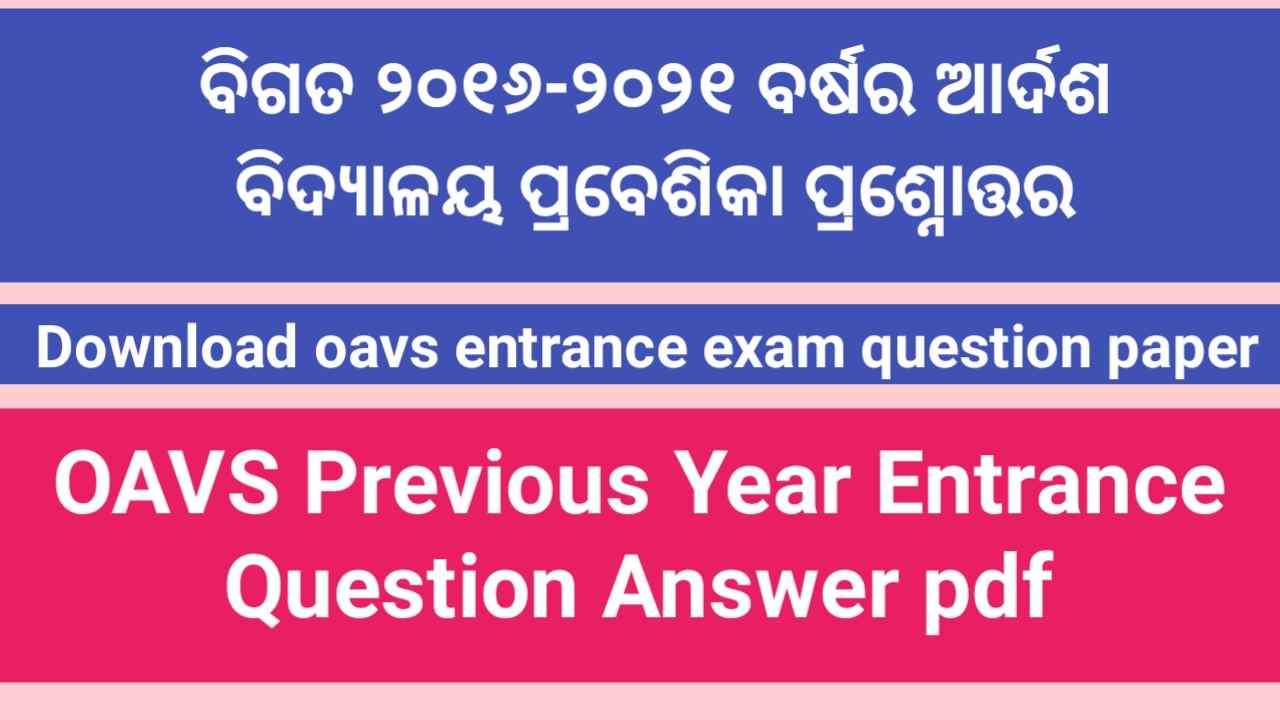Cost Accounting 12 Class Question Paper 2010 with Answer Commerce
GROUP—A
Question 1. From the alternatives given below, each bit write serially the correct answer along with its serial number:
Cost Accounting 12 class question paper 2010 with answer
Cost Accounting 12 Class Question Paper 2010 with Answer Commerce
(a) ‘Rent and Rates’ belongs to:
(i) Fixed overheads
(ii) Variable overheads
(iii) Semi-variable overheads
(iv) None of the above
(b) The number of copies of goods Received note required to be prepared is:
(i) Six
(ii) Five
(iii) Four
(iv) Three
(c) Indirect material, indirect labour and indirect expenses are the result of:
(i) Function-wise classification
(ii) Element-wise classification
(iii) Behaviour-wise classification
(iv) Industry-wise classification
(d) Poor demand for products may be:
(i) A productive cause of idle time
(ii) An unproductive cause of idle time
(iii) An economic cause of idle time
(iv) An administrative cause of idle time
(e) A worker is entitled to bonus on wages in proportion of time saved to time allowed in :
(i) Rowan plan
(ii) Halsey premium plan
(iii) Halsey-weir plan
(iv) All of the above plans
(f) Depreciation on office equipment is an example of:
(i) Factory overheads
(ii) Administrative overheads
(iii) Selling overheads
(iv) Manufacturing overheads
(g) Advertising is a:
(i) Manufacturing cost
(ii) Administration cost
(iii) Selling cost
(iv) Multiple costing
(h) The method of costing most suitable for soap manufacturing is:
(i) Contract costing
(ii) Unit costing
(iii) Process costing
(iv) Multiple costing
(i) The industry for which operating costing is most appropriate is:
(i) Transport
(ii) Textile
(iii) Medicine
(iv) Washing machine
(j) Bin card is maintained by:
(i) Accountant
(ii) Store keeper
(iii) Personnel Manager
(iv) Cost-Accountant
Question 2. Explain any five of the following terms serially in not more than three sentences each:
(a) Cost Center
(b) Controllable cost
(c) Scrap
(d) Tender
(e) Overheads
(f) Abnormal wastage
(g) Job costing
(h) Group Bonus
Question 3. Answer any five of the following questions serially in not more than three sentences each:
(i) What does a purchase requisition contain?
(ii) How do you identify direct material cost?
(iii) How do you classify material losses?
(iv) What is minimum stock Level?
(v) Sate any two deferred monetary benefits.
(vi) Mention any two purposes of time booking?
(vii) What are the components of total cost?
(viii) What are the two basic methods of costing?
GROUP—B
Question Paper of Cost Accounting 12 class 2010
Cost Accounting 12 class question paper 2010 with answer
Question 4. Answer any five of the following questions in not more than five sentences each:
(a) Give any three examples of selling overheads.
(b) State any three store records usually maintained.
(c) State any three assumptions of economic order quantity.
(d) What purposes are served by job card?
(e) State any three limitations of cost accounting.
(f) Give a standard definition of cost Accounting.
(g) State any three for storing materials.
(h) Mention any three needs for material control.
Question 5. Answer any five of the following questions within five sentences each.
(a) Write short notes on the following
(i) E. Q. Q
(ii) Perpetual Inventory
(iii) Wastage
(iv) Factory overheads
(b) Distinguish between the following
(i) Direct Expenses and Indirect Expenses
(ii) Controllable Cost and Uncontrollable Cost
(iii) Time Keeping and Time Booking
(iv) Allocation and Appointment
Group – C
Question Paper of Cost Accounting 12 class 2010
Cost Accounting 12 class question paper 2010 with answer
Question 6. Explain the nature and objective of Cost Accounting.
Question 7. Distinguish between Cost Accounting and Financial Accounting.
Question 8. Discuss the characteristics of an ideal system of wage payment.
Question 9. Enter the following transactions in the Stores Ledger under both FIFO and FIFO methods of pricing of issue of materials.
1.108 Received 1, 000 units @ Rs 20 per unit
12.1.08 Received 2, 000 units @ Rs 22 per unit
18.1.08 Issued 800 units
20.1.08 Received 500 units @ Rs 24 per unit
22.1.08 Received 300 units @ Rs 25 per unit
25.1.08 Issued 750 units
31.1.08 Issued 900 units
Question 10. From the following particulars calculate the Machine Hour Rate
Per annum Rs
(1/5 space occupied by machine) 7, 800
Lighting (1/6 th for machine) 2, 880
Insurance 360
Cotton Waste, Oil etc. 600
Salary of Foremen (1/4 th for machine) 60, 000
The cost of the machine is Rs 92, 000 and it has an estimated scrap value of Rs 2, 000. Its working life is estimated to be 10 years and it will run 1, 8000 hours per annum. The repair and maintenance expenses on the machine per annum would be Rs 11, 250. It will consume 5 units of power at a cost of 80 paisa per unit.
Question 11. From the following information, calculate the earnings of A and B and wage rate per unit under Halsey Premium Plan and Rowan Plan.
A B
Units produced 100 80
Time allowed (hours) 150 120
Time taken (hours) 60 60
Rate per unit(Rs) 5 5
Question 12. Discuss the steps involved in the purchase procedure.




Comments
Post a Comment